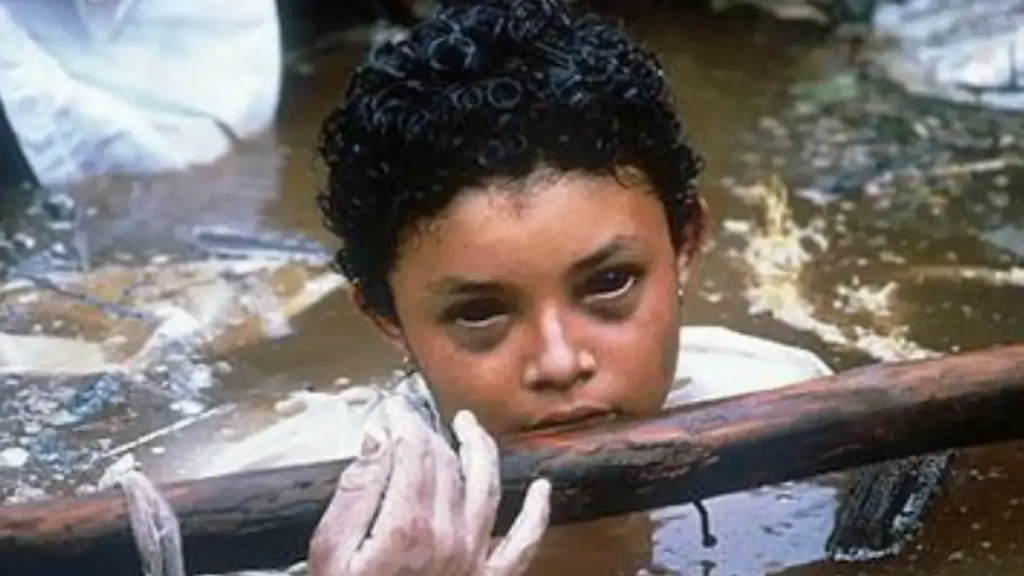A Haunting Image That Changed the World
The photograph of Omayra Sánchez was published worldwide, sparking outrage and sorrow. It forced the world to confront the reality of the tragedy and the failure of the Colombian government to protect its citizens. The image became a symbol of human suffering and courage, raising awareness about the need for better disaster preparedness and humanitarian aid.
Fournier reflected on his decision, saying, “There was an outcry—debates on television about the nature of photojournalism and how much a photographer is a vulture. But I was happier that there was some reaction; it would have been worse if people had not cared about it.”
The photograph’s emotional power lay not only in Omayra’s haunting gaze but also in the story of resilience and humanity. Her courage in the face of death touched millions, making her a symbol of innocence lost to negligence and nature’s fury.
The Legacy of Omayra Sánchez
Omayra Sánchez’s story is a heartbreaking reminder of the human cost of natural disasters. Her death highlighted the importance of disaster preparedness and the devastating consequences of governmental inaction. It also underscored the power of photojournalism to evoke empathy and inspire change.
The image of Omayra remains etched in the collective memory of a generation, serving as a haunting reminder of vulnerability and courage. Her legacy lives on as a symbol of the innocent lives lost that fateful day and a call to action for better humanitarian responses in the face of disaster.

The Controversy of Photojournalism: Witness or Exploiter?
The ethical dilemma faced by Frank Fournier raises profound questions about the role of photojournalists in tragic situations. Are they witnesses to history, capturing moments to inform and inspire change? Or do they risk exploiting suffering for personal gain?
In Fournier’s case, he chose to document Omayra’s final moments, believing it was his duty to tell her story to the world. His intention was not to sensationalize her death but to humanize the tragedy, giving a face to the thousands of victims who perished.
The controversy surrounding the photograph continues to provoke debate about the responsibility of journalists and the fine line between documentation and exploitation.